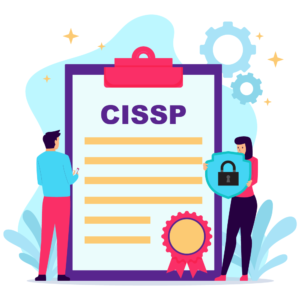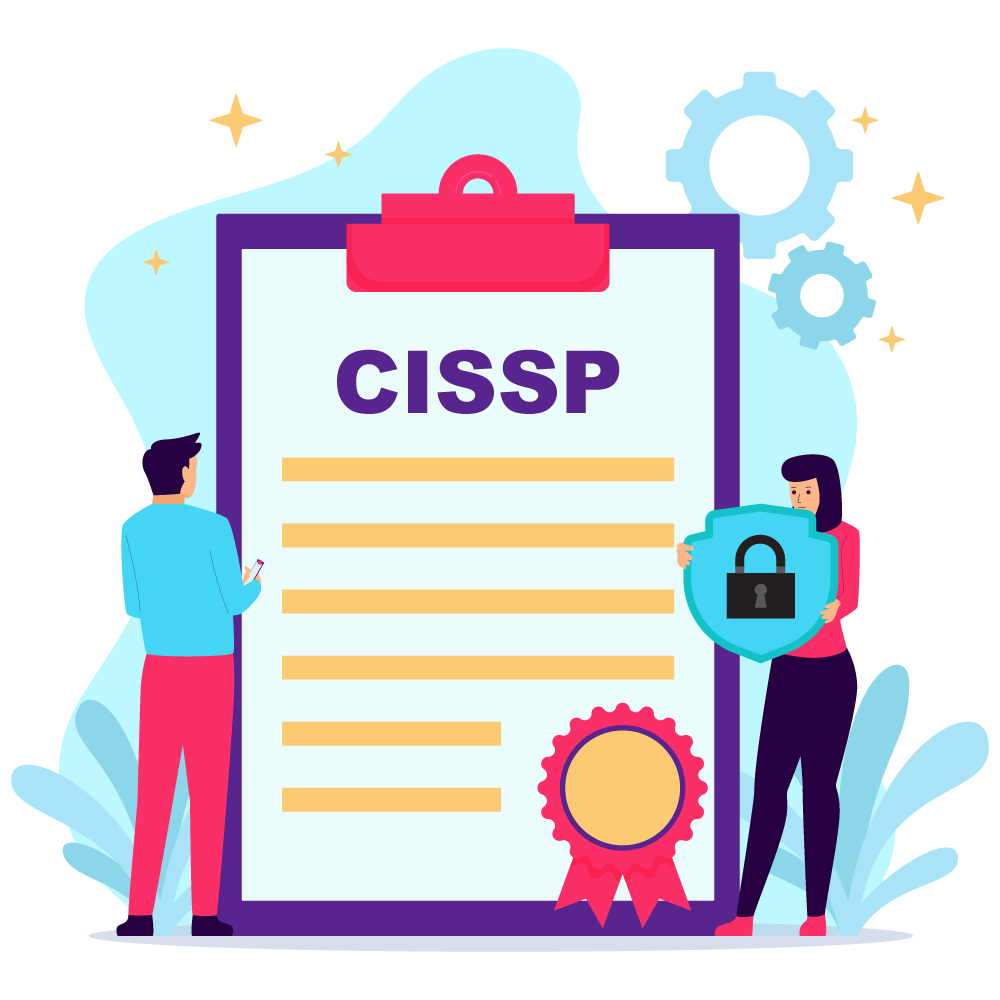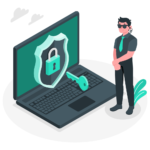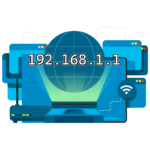How to Earn a CISSP Certification
In today’s digital age, cyber security is a critical concern for organizations of all sizes. With the increasing frequency and sophistication of cyber attacks, the demand for skilled cyber security professionals has never been higher. One of the most recognized and respected certifications in the field is the Certified Information Systems Security Professional (CISSP) certification. This credential demonstrates your expertise in designing, implementing, and managing a best-in-class cyber security program. If you’re considering earning your CISSP certification, this guide will walk you through the process, from understanding the certification requirements to passing the exam.

What is the CISSP Certification?
The CISSP certification is offered by the International Information System Security Certification Consortium, also known as (ISC)². It is designed for experienced security practitioners, managers, and executives who are involved in information security, IT auditing, and risk management.
Why CISSP Matters:
- Global Recognition: CISSP is globally recognized as a standard of excellence in cyber security.
- Career Advancement: CISSP-certified professionals are often considered for leadership roles and command higher salaries.
- Comprehensive Knowledge: The certification covers a broad range of topics, making it ideal for those seeking to develop a well-rounded understanding of cyber security.
CISSP Certification Requirements
To earn the CISSP certification, you must meet several prerequisites:
1. Experience Requirement
Candidates must have a minimum of five years of paid, full-time work experience in at least two of the eight domains covered by the CISSP Common Body of Knowledge (CBK). These domains include:
- Security and Risk Management
- Asset Security
- Security Architecture and Engineering
- Communication and Network Security
- Identity and Access Management (IAM)
- Security Assessment and Testing
- Security Operations
- Software Development Security
Note: If you have a four-year college degree or an approved credential from the (ISC)² list, you can satisfy one year of the required experience.
2. Pass the CISSP Exam
The CISSP exam is a computer-based test consisting of 100 to 150 multiple-choice and advanced innovative questions. The exam covers the eight domains of the CISSP CBK mentioned above.
Exam Details:
- Duration: 3 hours
- Passing Score: 700 out of 1000 points
- Cost: Varies by location but generally ranges from $699 to $999
Important Link: CISSP Exam Outline
3. Endorsement Process
After passing the exam, you must be endorsed by an (ISC)² certified professional who can validate your experience. If you don’t know anyone who can endorse you, (ISC)² can assist in finding an endorser.
4. Agree to the (ISC)² Code of Ethics
All CISSP candidates must agree to adhere to the (ISC)² Code of Ethics, which includes principles like protecting society, acting honorably, and providing diligent service.
5. Maintaining Your Certification
To maintain your CISSP certification, you must earn Continuing Professional Education (CPE) credits and pay an Annual Maintenance Fee (AMF).
How to Prepare for the CISSP Exam
Preparing for the CISSP exam requires a strategic approach and commitment to studying. Here are some steps to help you prepare:
1. Understand the CISSP CBK Domains
Familiarize yourself with the eight CISSP domains, as these form the foundation of the exam. Each domain is weighted differently, so understanding their importance can help you focus your study efforts.
Domain Weights:
- Security and Risk Management: 15%
- Asset Security: 10%
- Security Architecture and Engineering: 13%
- Communication and Network Security: 14%
- Identity and Access Management (IAM): 13%
- Security Assessment and Testing: 12%
- Security Operations: 13%
- Software Development Security: 10%
2. Use Official Study Resources
(ISC)² offers a variety of official study materials, including:
- Official CISSP Study Guide: A comprehensive guide covering all exam topics.
- Official CISSP Practice Tests: Practice exams to help you get familiar with the exam format.
- CISSP Flash Cards: A useful tool for memorizing key concepts.
Important Link: Official CISSP Study Resources
3. Enroll in a CISSP Training Course
Consider enrolling in a CISSP training course, either online or in-person. These courses are designed to provide in-depth knowledge of the CISSP domains and help you understand complex topics.
Training Options:
- Online Boot camps: Intensive courses that cover the CISSP CBK in a short period.
- Instructor-Led Courses: Traditional classroom training with an experienced instructor.
- Self-Paced Learning: Online courses that allow you to study at your own pace.
4. Join Study Groups and Forums
Joining CISSP study groups can provide valuable support and resources. These groups allow you to discuss difficult topics, share study materials, and gain insights from other candidates.
Popular Study Groups:
- Reddit CISSP Community
- Tech-Exams CISSP Forum
- LinkedIn CISSP Study Group
5. Take Practice Exams
Practice exams are crucial for identifying areas where you need to improve. They also help you get comfortable with the exam format and time constraints.
Tips for Taking Practice Exams:
- Simulate Exam Conditions: Take practice exams in a quiet environment to simulate test conditions.
- Review Incorrect Answers: Focus on understanding why you got a question wrong and review the related concepts.
- Time Management: Practice managing your time to ensure you can answer all questions within the exam duration.
Important Link: CISSP Practice Exams
Tips for Passing the CISSP Exam
1. Understand the Question Types
The CISSP exam includes different types of questions, such as multiple-choice, drag-and-drop, and scenario-based questions. Understanding these formats will help you approach each question strategically.
2. Focus on Key Concepts
Certain concepts, such as risk management, access control models, and cryptography, are heavily tested. Make sure you have a solid understanding of these areas.
3. Use the Elimination Technique
For multiple-choice questions, eliminate obviously incorrect answers to narrow down your choices. This technique increases your chances of selecting the correct answer.
4. Manage Your Time
The CISSP exam is lengthy, so it’s important to pace yourself. Don’t spend too much time on any one question. If you’re unsure, make your best guess and move on, marking it for review if time permits.
5. Stay Calm and Confident
On exam day, stay calm and confident. Trust in your preparation and approach each question methodically. Remember, it’s not just about memorizing facts but understanding how to apply concepts in real-world scenarios.
Conclusion
Earning the CISSP certification is a significant achievement that can propel your cybersecurity career to new heights. It’s a challenging process that requires dedication, but the rewards—both in terms of career advancement and personal satisfaction—are well worth the effort.
By understanding the CISSP domains, using official study resources, participating in study groups, and practicing exam techniques, you’ll be well on your way to passing the CISSP exam and joining the ranks of elite cybersecurity professionals.
Remember, the journey to earning your CISSP certification is not just about passing an exam. It’s about building a comprehensive understanding of information security that will serve you throughout your career.
More to Explore
- Top IT Certifications to Boost Your Career in 2024
- Cyber security in the Age of AI: Challenges and Solutions
- Understanding Cybersecurity Frameworks: A Guide for IT Professionals
Related
Discover more from Computer Climax
Subscribe to get the latest posts sent to your email.






One Response